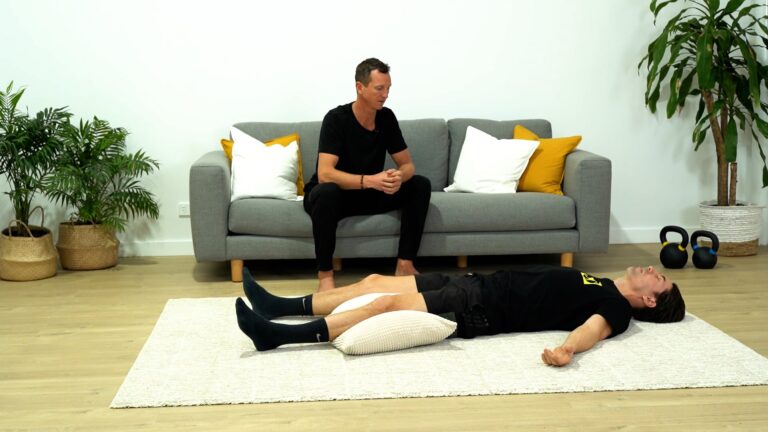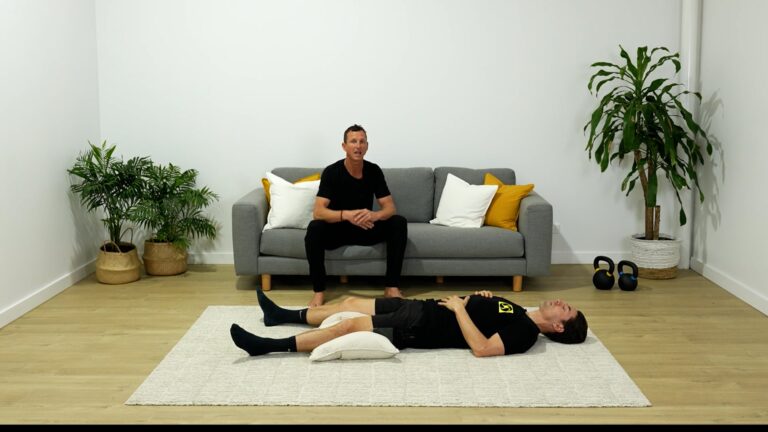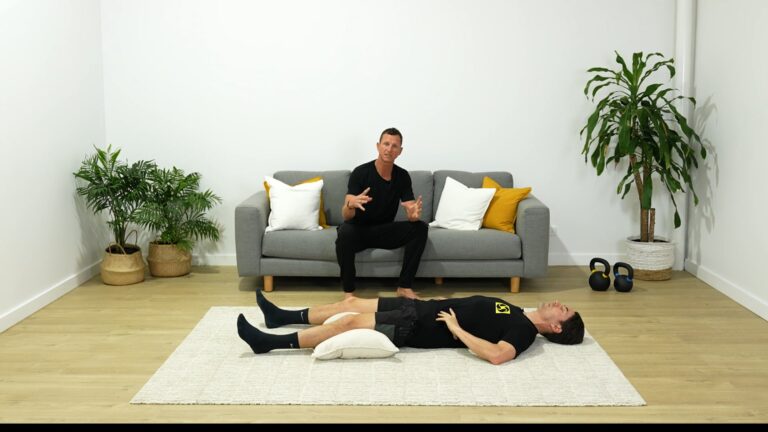Habits are the rituals, decisions and behaviours you perform automatically every day. Research from Duke University shows that habits account for 40 per cent of your behaviours daily.
How we work, live, train, eat, carry out relationships and look after ourselves are a by-product of our habits. Need help getting something done? A result of your habits. How successful are you at work? A product of your habits. How happy are you in your body and with your level of health? A consequence of your habits.
What you carry out daily and how you think depicts the type of person you are. Whether you are satisfied with that person depends on whether your current habits are serving you. Ultimately, when you begin to take charge of your habits and shift them in a better direction, you can take control of your life.
Understanding how habits work
Creating new habits is no easy feat, but when you truly understand how to build a new habit and the science of how habits work – you can begin to improve it.
Every habit has four stages, and all follow along in the same order. James Clear’s bestseller “Automic Habits” lays it out perfectly in the diagram below.
This process is the backbone of every habit, whether you are acutely aware of it or not. Your brain is ultimately hardwired into this four-step process for every habit you have.
Step 1: The cue. The cue is the trigger that kicks off the habitual behaviour. Cues that prompt behaviours or routines vary widely, although they can often fall into categories such as
- Location (Walking past the kitchen, cues you to open the fridge)
- Time (Seeing it’s 5 pm, prompts you to poor a glass of wine)
- Emotional state (Feeling stressed pushes you towards highly palatable foods)
- People around you (Standing in the pub with your friends quickly prompts you to order a beer)
- Your last action (Flushing the toilet cues you to wash your hands)
Your brain is constantly on alert for internal and external environments where rewards are located. As the cue initiates, the indication that we’re close to the reward. This then leads to a craving.
Step 2: The craving.
The craving is the motivational force that drives every habit. Without motivation or a want and need for change – we do not need to act. The craving is not the habit itself but the outcome it delivers. You do not crave participating in a HIIT class; you crave the endorphins you get after. You do not crave the process of brushing your teeth; you crave the feeling it delivers. These cravings are linked to your internal desire to alter and change your state and derived from your emotions, thoughts and feelings.
It’s important to note that cravings will differ depending on the person. Individuals are not all motivated by the same things. For an avid football watcher, walking past an oval could spark an intense euphoria and create a desire to round up friends to play. For someone who has never played sports, the oval is just an open space. Until cues are interpreted through thoughts, emotions and feelings, they are meaningless. The individual’s cues will transform into a craving, leading them towards a response.
Step 3: Response.
The response refers to the actual habit itself or repeated behavior. They can be both conscious and unconscious, such as switching on your coffee machine when you wake up, chewing on the top of a pen while thinking, scrolling through your phone while sitting on a bus etc etc.
Over time, these habitual patterns start automatically after being programmed in through conscious choice and effort.
“I’m bored, so I’ll open my phone.”
“I’m tired, so I’ll make another cup of coffee”.
“I’ve had a big week, so I’ll pour myself a drink.”
The response initiates the final process of the habit loop, the reward.
Step 4: The reward.
The reward is the reason behind WHY we perform these daily habits. It is the end goal and usually the most satisfying part of the process. The reward overall reinforces the routine, keeping the habit secure.
The reward is the caveat with habits; some rewards may benefit you, and others may not. The reward of completing a 30-minute walk on your lunch break is worth it. The reward of scrolling on your phone for 30 minutes on your lunch break? Not so much. However, once your brain begins to associate that specific behaviour with a reward (i.e., killing time and numbing your brain by playing on your phone), you’ll become reliant on this and crave this pattern without consciously realising it.
And this is how the habit loop is formed! Recognising where you fall short in any of these four stages or which habits/behaviours stick out to you the most when reading this will allow you to create awareness around your potential downfalls. Awareness is the first and most crucial step!




Responses